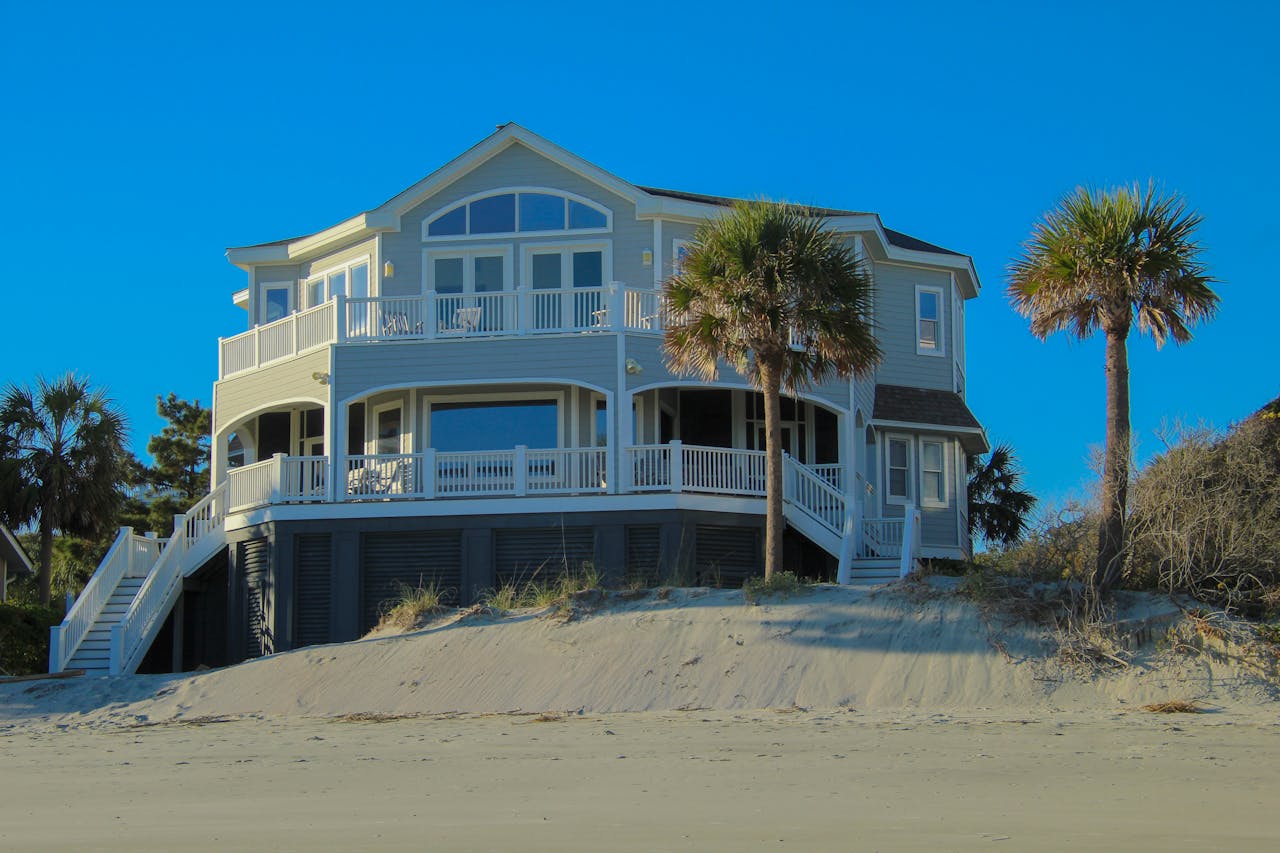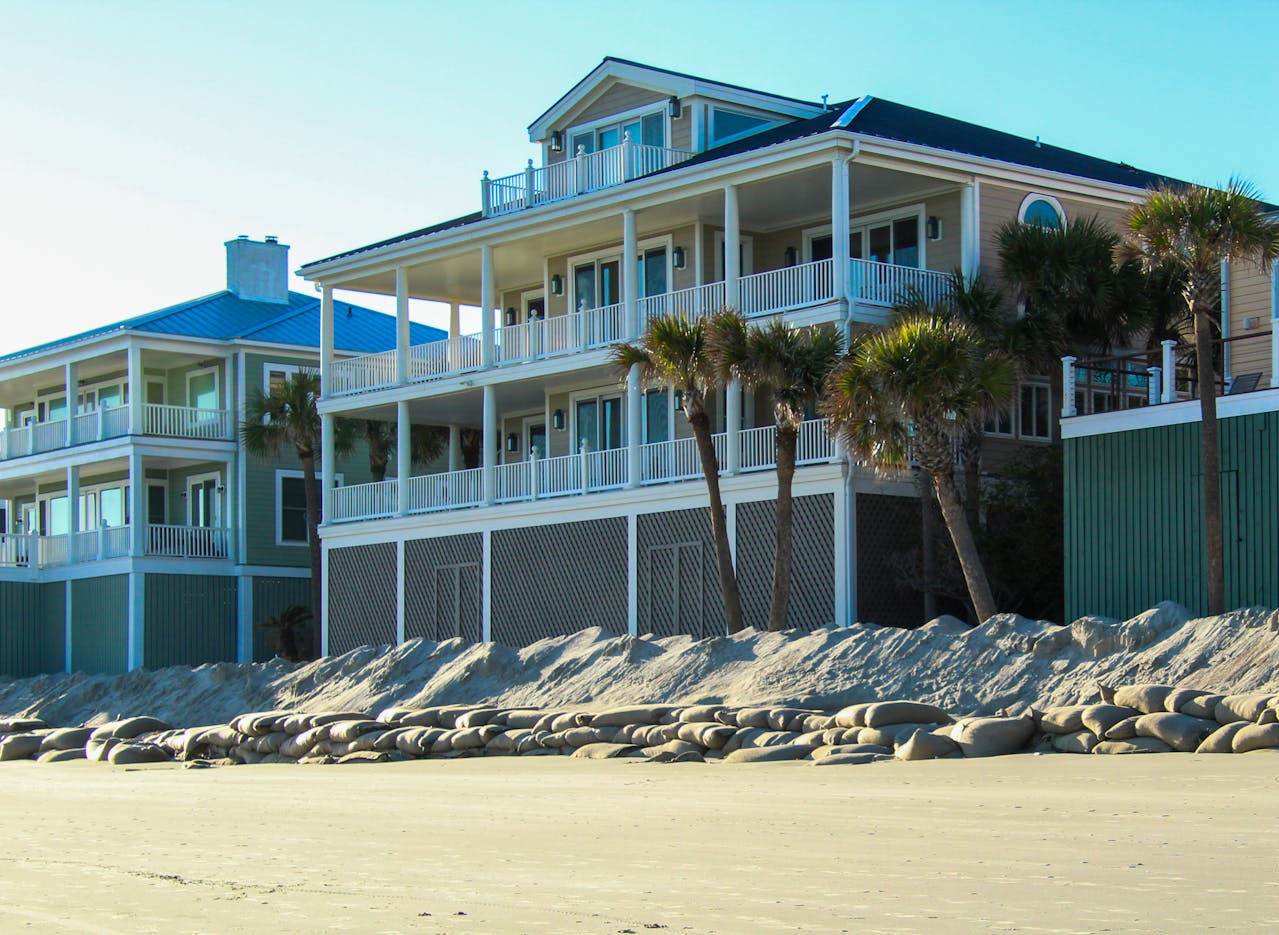
Central vs. Coastal: A Gulf Coast Homeowner's Guide to Insurance
The Gulf Coast is a region where weather can be unpredictable, and homeowners know that storms and flooding are real concerns. Insurance is one of the most important tools for protecting property, but it is not the same for every home. Whether a house is located inland or near the shoreline can greatly change the type of coverage needed, the cost of premiums, and the rules set by insurance companies. This guide breaks down those differences to help homeowners understand what to expect and what steps to consider.
Understanding Central vs. Coastal Homes
Central homes are located farther inland, away from direct contact with the Gulf of Mexico or bays that connect to it. These homes are not immune to strong weather, but they are less likely to face storm surge or repeated flooding from coastal waters. Insurance for these properties tends to be more stable and predictable.
Coastal homes, by comparison, sit closer to the shoreline and face greater exposure to hurricanes, tropical storms, and saltwater flooding. Their risks are tied to the environment around them, making them more expensive to cover. Insurers often require homeowners in coastal areas to carry additional protections beyond a standard policy. Knowing where a property sits on the map can help determine the kind of protection it will need.

Main Differences in Insurance
Insurance terms for homes in the Gulf Coast vary depending on where the property is located. Coastal areas and inland areas often face different costs, deductibles, and coverage needs.
Premium Costs
Premiums are one of the biggest differences between central and coastal home insurance. Because storms can cause widespread destruction along the shoreline, insurance companies set higher prices to balance out the risk of repeated claims. A coastal homeowner may pay two to three times more than someone with a similar home located inland. Central homeowners generally pay less, but their rates can still rise if they live in areas that experience tornadoes, heavy rainfall, or other inland hazards.
Deductibles
Deductibles also work differently depending on location. Many coastal policies include a special deductible for hurricanes or windstorms. Instead of a set dollar figure, this may be calculated as a percentage of the insured value of the home. For example, if a house is insured for $300,000 and has a two percent hurricane deductible, the homeowner would pay $6,000 out of pocket before insurance takes over. Central homes usually have standard deductibles, which means they are easier to predict and budget for.
Coverage Gaps
Another important difference is the coverage gaps that coastal homeowners face. A standard homeowners policy rarely covers flood damage, yet flooding is one of the most common risks on the Gulf Coast. Because of this, lenders often require flood insurance for coastal properties located in high-risk zones. Central homeowners may not face the same strict requirement, but they can still benefit from flood coverage if their property is near a river or an area prone to heavy rainfall. Coastal policies may also separate wind or hail coverage into a different rider, while inland policies tend to include it under standard coverage.
Construction and Building Codes
Stricter building codes are another factor that sets coastal homes apart. In high-risk areas, homes may need to be elevated on pilings, built with impact-resistant windows, or designed with reinforced roofing systems. These measures protect against high winds and water damage but can make construction more expensive. Insurance companies may offer discounts if the home meets these stronger standards. Central homes usually do not face the same requirements, but quality construction still helps reduce risk and can keep premiums from rising.
Factors That Affect Coastal Insurance
Insurance companies do not base costs on location alone. They look at a series of details that help measure how risky a home is to insure.
- Distance to water: Homes sitting right on the shoreline face the highest costs. Those a few miles inland may see lower rates but can still be considered coastal.
- Flood zone classification: FEMA maps and state guidelines label areas by flood risk. Homes in high-risk zones almost always require separate flood insurance.
- Elevation: A house built several feet above sea level will face lower flood risk than one built at or below the base flood level. Elevation can significantly affect flood insurance premiums.
- Storm history: Regions that have faced repeated hurricanes or tropical storms may have higher baseline rates. Insurers watch historical storm patterns closely.
- Construction quality: Stronger roofing, hurricane straps, storm shutters, and reinforced windows can reduce potential damage and sometimes earn discounts.
- Local and state programs: Some Gulf Coast states provide special insurance programs when private companies are unwilling to cover high-risk homes. These programs help homeowners find basic coverage but may be more expensive.
What Homeowners Can Do
There are practical steps homeowners can take to manage both risk and costs.
- Review your policy carefully: Pay attention to exclusions and special deductibles. Knowing what is not covered is as important as knowing what is.
- Add flood insurance: Even if a lender does not require it, flood insurance can save a homeowner from major financial loss. Standard home insurance does not cover flood damage.
- Strengthen the property: Upgrading a roof, installing storm shutters, or adding better drainage can reduce damage during storms. Insurers may recognize these improvements with lower premiums.
- Shop around for coverage: Not all insurers view risks the same way. Checking different companies can reveal better rates or more flexible terms.
- Keep records of maintenance: Regular roof inspections, gutter cleaning, and home repairs show insurers that a home is cared for, which can help when filing claims.
Start Your Quote Today
Our licensed specialist will search for the best insurance quotes and will email you when ready.



